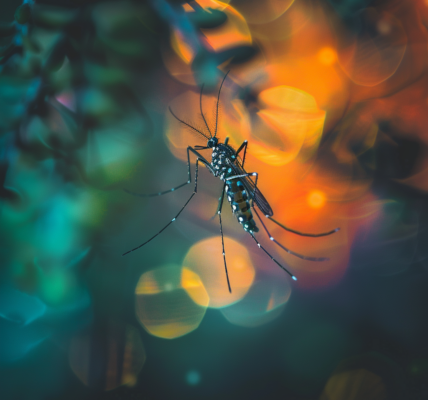In a significant development for wildlife health in West Virginia, the West Virginia Division of Natural Resources (WVDNR) has confirmed the presence of epizootic hemorrhagic disease (EHD) in white-tailed deer across three counties in North Central West Virginia. The affected counties include Monongalia, Marion, and Barbour, where testing has revealed positive cases for this viral infection.
According to Paul Johansen, the chief of the WVDNR’s Wildlife Resources Section, EHD is primarily transmitted through small biting flies, rather than through direct deer-to-deer contact. This transmission method means that the disease is not easily spread among deer populations. Interestingly, the biting flies responsible for spreading EHD are typically eliminated by hard frost, which can help mitigate outbreaks during colder months.
Health officials have reassured the public that EHD poses no threat to human health. “While the effects of an outbreak may seem concerning, EHD is not a long-term threat to the overall health or sustainability of the deer population in West Virginia,” Johansen stated. He emphasized that deer populations in the affected areas are expected to recover with the arrival of next year’s fawns and through migration from neighboring regions.
It is essential to differentiate EHD from chronic wasting disease (CWD), which has been detected in six counties within the state’s eastern panhandle. CWD is a fatal neurological disease that poses a long-term threat to deer populations, contrasting with the more temporary impact of EHD.
The confirmation of EHD cases has raised awareness among local communities and wildlife enthusiasts about the importance of monitoring deer health and understanding the dynamics of wildlife diseases. Local wildlife management authorities are expected to implement strategies to monitor and manage the deer populations effectively, ensuring that the overall health of West Virginia’s wildlife remains a priority.
As the situation unfolds, residents and hunters in the affected counties are encouraged to stay informed about the health of the deer population and to report any unusual deer behavior or mortality to wildlife authorities. This proactive approach can aid in the timely identification of potential outbreaks and help safeguard the health of both deer and other wildlife in the region.
In addition to the health implications for deer, the presence of EHD may also impact hunting activities and local ecosystems. Hunters are advised to stay updated on regulations and health advisories related to deer hunting in light of the recent findings. Maintaining awareness of wildlife health is crucial for ensuring sustainable hunting practices and preserving the natural balance of the ecosystem.
As the West Virginia Division of Natural Resources continues to monitor the situation, they will provide updates and guidance to the public regarding deer health and management practices. The ongoing collaboration between wildlife officials and the community will be essential in addressing and mitigating the effects of wildlife diseases such as EHD.
Residents are encouraged to participate in community discussions and educational programs regarding wildlife health, as these initiatives can foster a greater understanding of the challenges faced by local wildlife and the importance of conservation efforts. By working together, the community can play a vital role in supporting the health of West Virginia’s deer populations and ensuring the sustainability of its natural resources.





